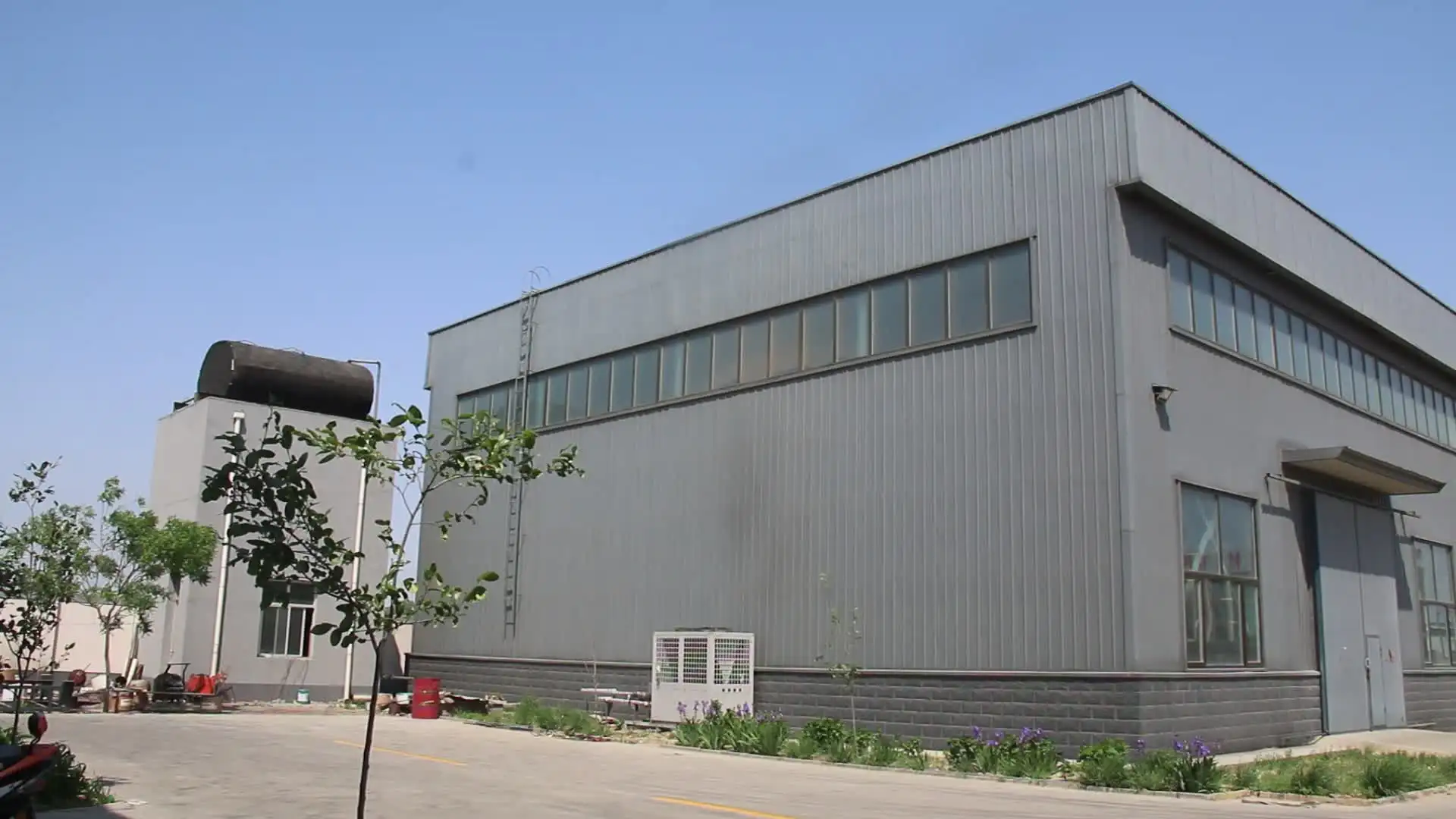
fly ash for concrete
The Role of Fly Ash in Concrete Production
Fly ash is a byproduct of coal combustion in power plants, and its increasing utilization in concrete production has gained significant attention in recent years. As the construction industry faces challenges related to sustainable practices and environmental concerns, integrating fly ash into concrete mixtures presents a viable solution. This article explores the benefits, characteristics, and applications of fly ash in concrete.
The Role of Fly Ash in Concrete Production
Fly ash enhances the properties of concrete, making it a preferred choice among engineers and contractors. It is known to improve workability, reduce water demand, and enhance the durability of concrete. The spherical shape of fly ash particles allows for better flow and compaction, resulting in a more homogeneous mix. Additionally, fly ash reacts with calcium hydroxide in the presence of water, leading to the formation of cementitious compounds that further strengthen the concrete.
fly ash for concrete

The use of fly ash can also benefit the long-term performance of concrete structures. It has been shown to reduce the permeability of concrete, thereby enhancing its resistance to sulfate attack, chloride ingress, and alkali-silica reactions. These characteristics are particularly advantageous in regions with aggressive environmental conditions, increasing the lifespan of structures while minimizing maintenance costs.
Furthermore, incorporating fly ash can lead to cost savings in concrete production. With the rising prices of cement, replacing a portion of it with fly ash can significantly lower material costs without compromising the quality of the concrete. This economical advantage is especially beneficial for large-scale construction projects where cost efficiency is paramount.
However, there are challenges associated with the use of fly ash in concrete. Variability in the quality and properties of fly ash depends on the source of coal combustion and the collection methods employed. Therefore, it is crucial for concrete producers to conduct thorough testing and quality assurance to ensure consistent performance in the final product.
In conclusion, fly ash is an invaluable material that contributes to the production of sustainable concrete. Its environmental benefits, enhanced material properties, and cost savings make it a favored choice in modern construction practices. By continuing to explore and optimize the use of fly ash, the construction industry can pave the way for more sustainable and resilient infrastructure. As we move toward a greener future, the role of fly ash in concrete will become increasingly significant, embodying a model for resource-efficient building practices.
Share
-
Premium Talcum Powder Enhanced with GPT-4 Turbo | Soft & Long-LastingNewsAug.02,2025
-
Fly Ash Solutions Enhanced by GPT-4 Turbo | Sustainable InnovationNewsAug.01,2025
-
Natural Premium Bentonite Cat Litter - Superior ClumpingNewsJul.31,2025
-
Premium Resin Coated Sand - High Heat Resistance CastingNewsJul.31,2025
-
High Quality Silicon Carbide Grit for Abrasive ApplicationsNewsJul.30,2025
-
High-Quality Ceramsite for Plants & Gardening | Lightweight PebblesNewsJul.29,2025






